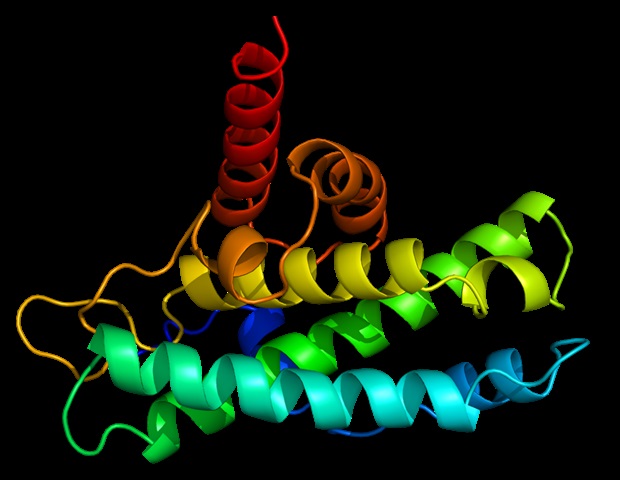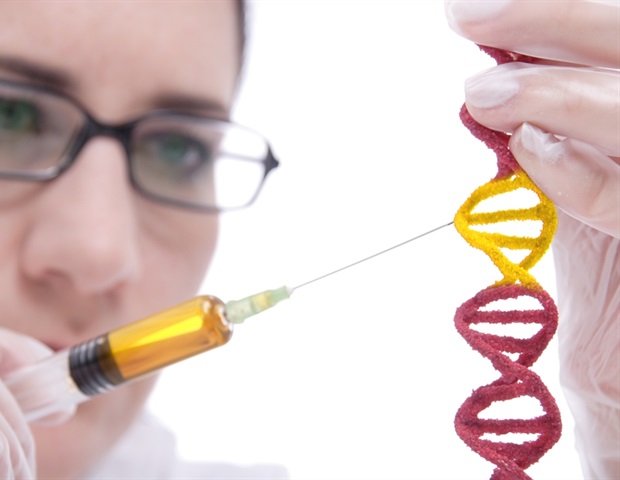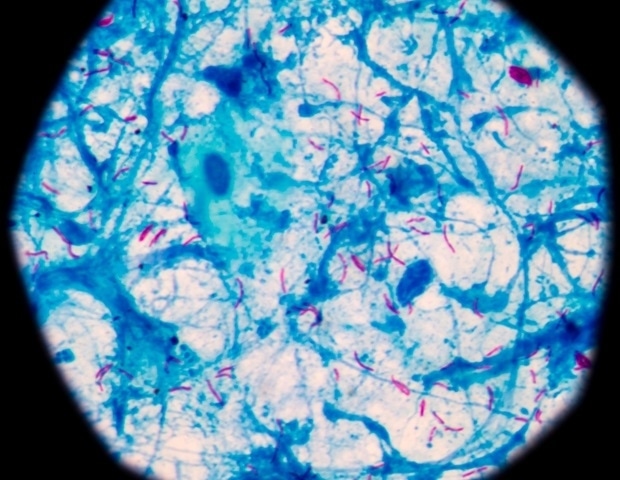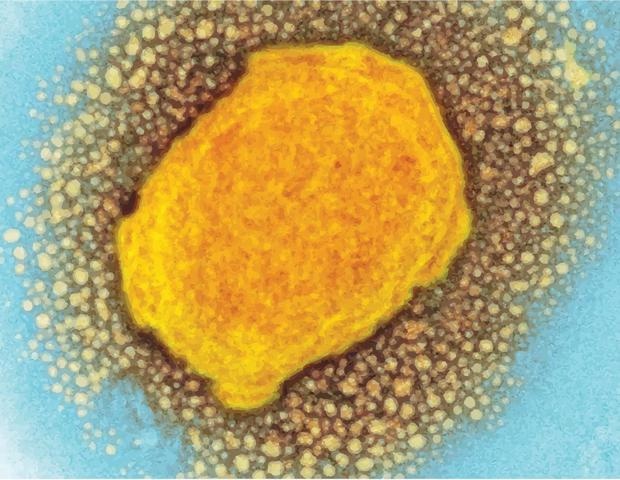
A new Northwestern Medicine study challenges a common belief in what triggers Parkinson’s disease.
Degeneration of dopaminergic neurons is widely accepted as the first event that leads to Parkinson’s. But the new study suggests that a dysfunction in the neuron’s synapses -; the tiny gap across which a neuron can send an impulse to another neuron -; leads to deficits in dopamine and precedes the neurodegeneration.
Parkinson’s disease affects 1% to 2% of the population and is characterized by resting tremor, rigidity and bradykinesia (slowness of movement). These motor symptoms are due to the progressive loss of dopaminergic neurons in the midbrain.
The findings, which will be published Sept. 15 in Neuron, open a new avenue for therapies, the scientists said.
We showed that dopaminergic synapses become dysfunctional before neuronal death occurs. Based on these findings, we hypothesize that targeting dysfunctional synapses before the neurons are degenerated may represent a better therapeutic strategy.”
Dr. Dimitri Krainc, lead author, chair of neurology at Northwestern University Feinberg School of Medicine and director of the Simpson Querrey Center for Neurogenetics
The study investigated patient-derived midbrain neurons, which is critical because mouse and human dopamine neurons have a different physiology and findings in the mouse neurons are not translatable to humans, as highlighted in Krainc’s research recently published in Science.
Northwestern scientists found that dopaminergic synapses are not functioning correctly in various genetic forms of Parkinson’s disease. This work, together with other recent studies by Krainc’s lab, addresses one of the major gaps in the field: how different genes linked to Parkinson’s lead to degeneration of human dopaminergic neurons.
Neuronal recycling plant
Imagine two workers in a neuronal recycling plant. It’s their job to recycle mitochondria, the energy producers of the cell, that are too old or overworked. If the dysfunctional mitochondria remain in the cell, they can cause cellular dysfunction. The process of recycling or removing these old mitochondria is called mitophagy. The two workers in this recycling process are the genes Parkin and PINK1. In a normal situation, PINK1 activates Parkin to move the old mitochondria into the path to be recycled or disposed of.
It has been well-established that people who carry mutations in both copies of either PINK1 or Parkin develop Parkinson’s disease because of ineffective mitophagy.
The story of two sisters whose disease helped advance Parkinson’s research
Two sisters had the misfortune of being born without the PINK1 gene, because their parents were each missing a copy of the critical gene. This put the sisters at high risk for Parkinson’s disease, but one sister was diagnosed at age 16, while the other was not diagnosed until she was 48.
The reason for the disparity led to an important new discovery by Krainc and his group. The sister who was diagnosed at 16 also had partial loss of Parkin, which, by itself, should not cause Parkinson’s.
“There must be a complete loss of Parkin to cause Parkinson’s disease. So, why did the sister with only a partial loss of Parkin get the disease more than 30 years earlier?” Krainc asked.
As a result, the scientists realized that Parkin has another important job that had previously been unknown. The gene also functions in a different pathway in the synaptic terminal -; unrelated to its recycling work-; where it controls dopamine release. With this new understanding of what went wrong for the sister, Northwestern scientists saw a new opportunity to boost Parkin and the potential to prevent the degeneration of dopamine neurons.
“We discovered a new mechanism to activate Parkin in patient neurons,” Krainc said. “Now, we need to develop drugs that stimulate this pathway, correct synaptic dysfunction and hopefully prevent neuronal degeneration in Parkinson’s.”
The first author of the study is Pingping Song, research assistant professor in Krainc’s lab. Other authors are Wesley Peng, Zhong Xie, Daniel Ysselstein, Talia Krainc, Yvette Wong, Niccolò Mencacci, Jeffrey Savas, and D. James Surmeier from Northwestern and Kalle Gehring from McGill University.
The title of the article is “Parkinson’s disease linked parkin mutation disrupts recycling of synaptic vesicles in human dopaminergic neurons.”
This work was supported by National Institutes of Health grants R01NS076054, R3710 NS096241, R35 NS122257 and NS121174, all from the National Institute of Neurological Disorders and Stroke.




_6e98296023b34dfabc133638c1ef5d32-620x480.jpg)








